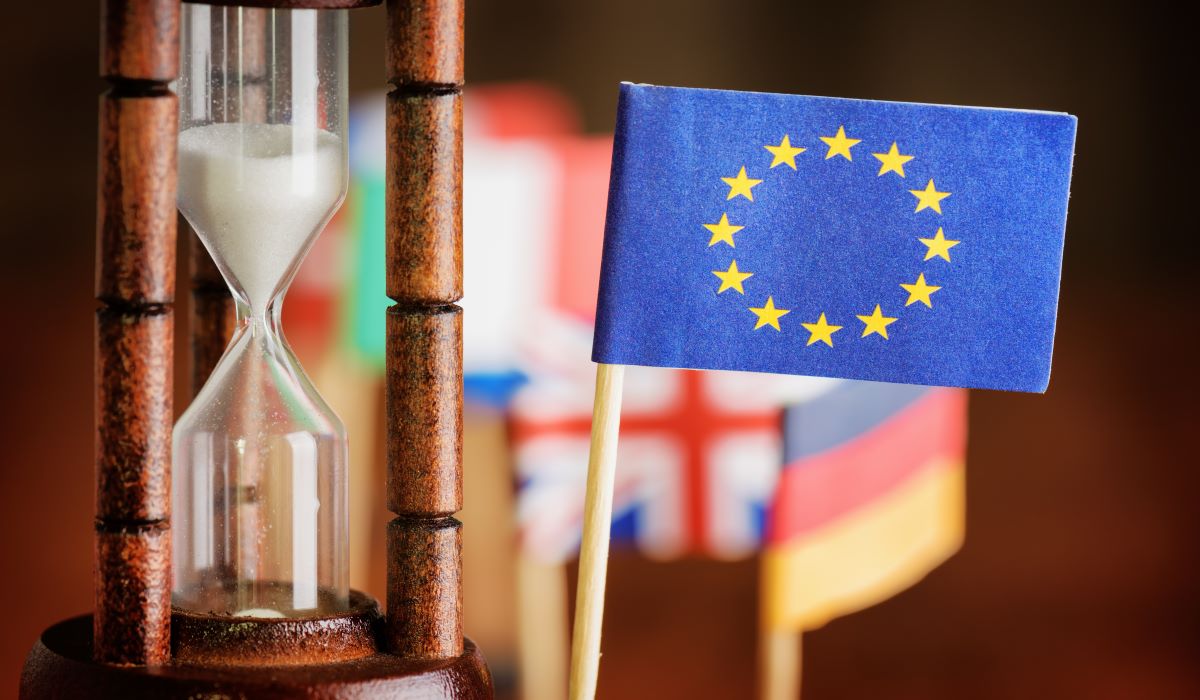ARTICLE SUMMARY:
Despite some increase in activity, notified body designations under the EU Medical Device Regulation have come in at a glacial pace.
Probably the most immediate concern regarding the impending European Medical Device Regulation (MDR) is the timeline within which the new regulatory framework is scheduled to be implemented.
And the biggest obstacle to the May 26, 2020 effective date is having a sufficient number of newly-certified notified bodies (NBs) in order to certify what some officials have calculated to be as many as 800,000 new and existing medical devices for the European market. Under the new MDR, all notified bodies have to be re-certified to qualify under the new regimen, no matter their previous status. (See “Managing Change in Global Medtech Regulation: A Tale of Two Systems,” Market Pathways, June 2019.)
Even with the May 26, 2024 transition period that has been extended for products with currently valid certifications (with some caveats, See “Modifications in the MDR Era: The Ambiguities of “Significant Change,” Market Pathways, October 2019), the workload remains daunting and the number of notified bodies limited, with new ones being added at a glacial pace. There are currently only five newly-certified NBs, with the recent addition of TÜV Rheinland. (Based in Germany, TÜV Rheinland is among the largest NBs with more than 20,000 employees worldwide, generating $2.2 billion in revenue in 2018 from a variety of industries beyond just medtech. This notified body was also involved in the PIP breast implant case, which involved implants that were fraudulently manufactured with unapproved silicone gel, a situation that many industry executives and legislators/regulators point to as triggering, at least in part, the adoption of a more stringent MDR regimen.) As a point of comparison, at its peak, there were more than 80 notified bodies, and in May 2017 when MDR was passed, there were 58 notified bodies. (See “Market Pathways Scorecard,” Market Pathways, October 2019.)
All one need do is take a look at the rate at which new NBs are being certified to understand why industry executives have little confidence that sufficient notified bodies will be available to provide the necessary certifications by the required dates. BSI, the first NB approved under the new program, came on board in January 2019. Putting aside for the moment the question of whether, in light of the impending Brexit debate, the UK-based BSI will be deemed authorized to certify products for the EU group of 27 nations (excluding the UK), it was not until September of this year that BSI certified its first product under the MDR (an inhaler from Novartis). And up until May, only one year away from the MDR implementation date, there was only one approved notified body. It wasn’t until five months after BSI’s certification that the second notified body—TÜV SÜD, headquartered in Munich—was cleared. Three months later, the third NB, Dekra Certification GmbH (also based in Germany), was approved, with Milan-based IMG Istituto coming on board in August as well.
With 39 notified bodies reportedly on file for approval at the beginning of this year when BSI was cleared—a number that has since reportedly increased to 52—and only five certified through mid-October, you can do the math. This in spite of assurances given by the European Commission earlier this year that 20 NBs would be approved by the end of this year. Even allowing for the fact that the approval rate has increased since August, the Commission’s year-end goal still appears unlikely, as does the chance that a sufficient number of notified bodies will be cleared by next May to provide sufficient bandwidth to address the number of devices that will need approval by that date. It is also worth noting that for the impending new diagnostics regulatory regimen, the IVDR (In Vitro Diagnostics Regulation, scheduled for implementation two years following MDR), Dekra was just announced as the first approved notified body. Although the IVDR doesn’t take effect until 2022, the proportion of diagnostics that will require a notified body for the first time under the new regulation is much larger than for devices under the MDR, making earlier preparation more important. (See “Eye on the EU MDR: New Commission Leaders Prepare to Step In, with Eight Months to Go, Market Pathways, September 2019.)

